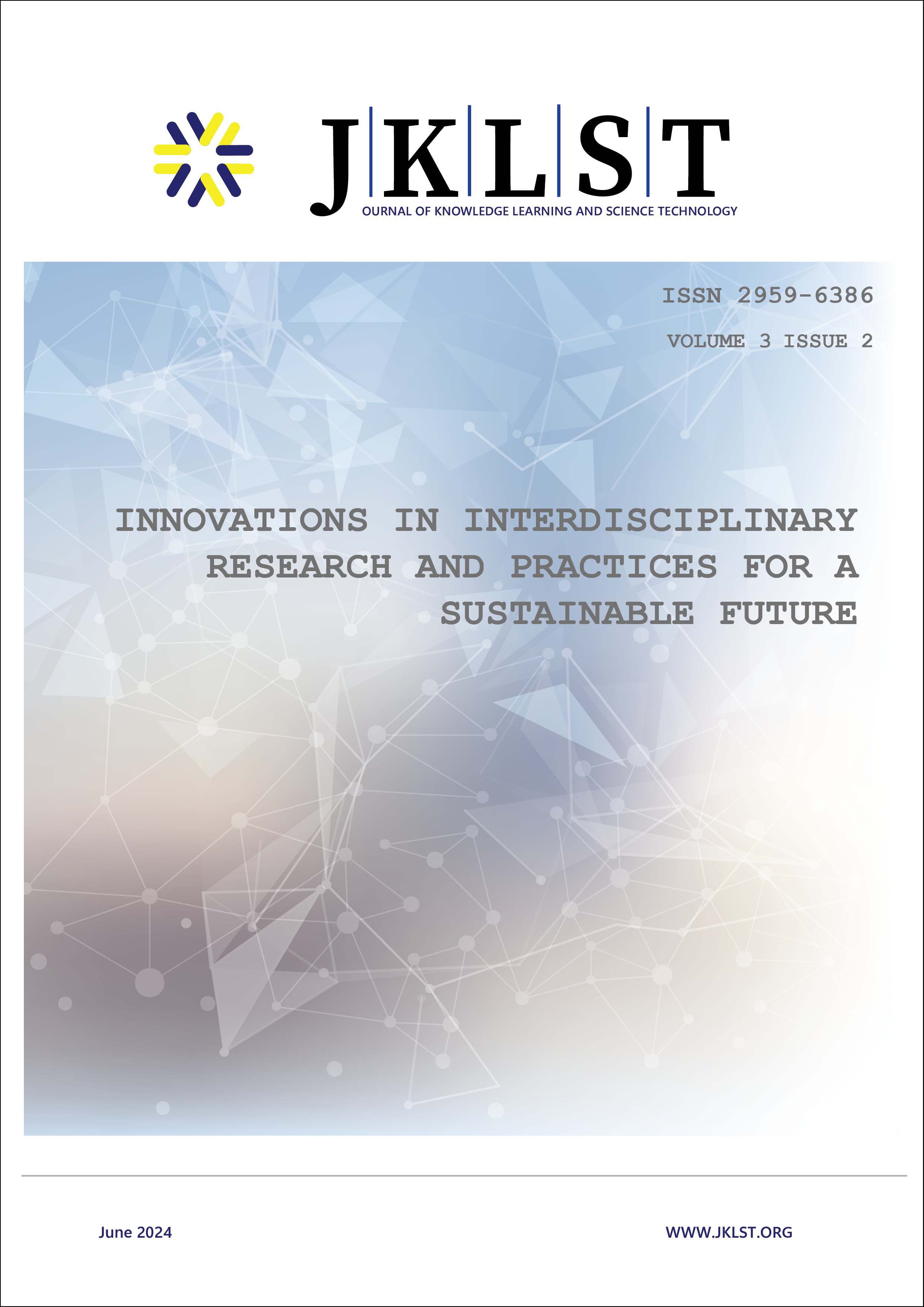Volatility Assessment of Pakistani Exchange Rupee Against World Renowned Currencies Using GARCH Models
DOI:
https://doi.org/10.60087/jklst.vol3.n2.p235Keywords:
Volatility Assessment, GARCH Models, Pakistani Rupee, Exchange Rate, Asymmetric EffectsAbstract
Estimating exchange rate fluctuations is crucial for the smooth functioning of an economy, as it impacts both microeconomic and macroeconomic policies. Exchange rate movements can directly influence the prices of traded goods, as exemplified by China's currency valuation changes, which have had global repercussions. This paper evaluates the volatility of the Pakistani rupee (PKR) against major currencies—US dollar, Euro, Pound sterling, and Japanese yen—from November 1995 to October 2016 using data from “The University of British Columbia, Pacific Exchange Rate Service Database.”To assess volatility, we applied autoregressive conditional heteroskedasticity (ARCH) and various generalized autoregressive conditional heteroskedasticity (GARCH) models, including Threshold GARCH (TGARCH), Exponential GARCH (EGARCH), and Power GARCH (PGARCH). The simple GARCH model was used to identify symmetric volatility effects, while TGARCH, EGARCH, and PGARCH models were employed to detect asymmetric effects through the inclusion of a leverage effect variable. Our findings indicate significant volatility in the PKR exchange rate against the benchmark currencies, with all lagged variance and residual coefficients being significant at the 1% level. Heteroskedasticity effects (ARCH) were noted in the residuals of the GARCH(1,1) model for the exchange rate against the yen. Consequently, we also forecasted improved models (GARCH(2,1), EGARCH(2,1), TGARCH(2,1), and PGARCH(2,1)) for the yen, Euro, US dollar, and Pound sterling. These models confirmed the significance of coefficients at the 1% level and validated the absence of ARCH effects in the residuals. The presence of leverage effects was evident in all three asymmetric models, implying that negative shocks (bad news) have a varying impact on future volatility, with higher effects seen for the Euro and Pound sterling compared to the US dollar and yen. The evidence of volatility clustering suggests that high volatility periods tend to persist, highlighting the importance of understanding these dynamics for economic stability.
Downloads
Downloads
Published
Issue
Section
License
Copyright (c) 2024 Journal of Knowledge Learning and Science Technology ISSN: 2959-6386 (online)

This work is licensed under a Creative Commons Attribution 4.0 International License.
©2024 All rights reserved by the respective authors and JKLST.









